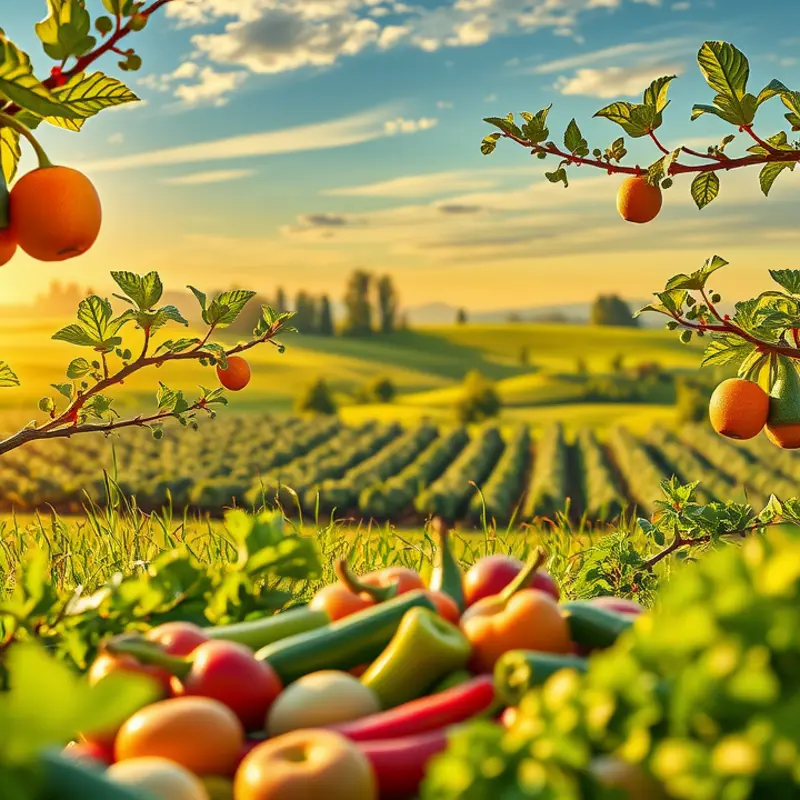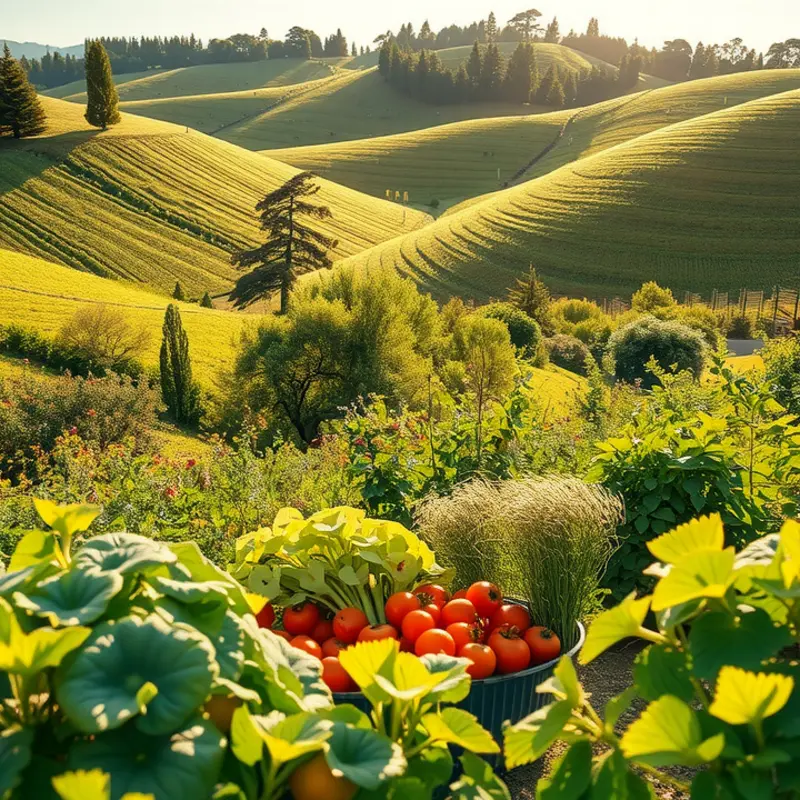Understanding moisture balance is essential for achieving perfect texture and flavor in your dishes. Whether you’re roasting vegetables, braising meats, or baking bread, the right amount of moisture can elevate your cooking. This guide will provide you with simple, clear techniques to help you skillfully manage moisture in your meals, ensuring delicious outcomes every time you step into the kitchen.
The Science of Moisture in Cooking

Moisture plays a pivotal role in cooking, influencing both texture and flavor in ways that can transform a dish from ordinary to extraordinary. Understanding how moisture interacts with different cooking methods can empower home cooks to control their culinary outcomes more precisely.
In the realm of cooking, moisture retention and release greatly affect the dish’s final texture. For instance, when roasting, the Maillard reaction occurs, which enhances flavor and creates a delightful crispiness as moisture evaporates from the surface. This process is a delicate balance—the goal is to promote enough evaporation to develop a crust while retaining interior moisture for tenderness.
On the other hand, steaming utilizes moisture to its full potential, trapping it in a closed environment to cook foods gently. This method excels in maintaining the inherent juiciness of ingredients, particularly vegetables and delicate proteins like fish. Steaming ensures a tender, uniform texture throughout without the crispy exterior produced by dry-heat methods.
Sautéing offers a middle ground, leveraging both dry and moist heat. This technique allows for swift browning and flavor development while preserving the food’s moisture content. Adjusting the heat and fat content helps control moisture retention; for example, using more oil can create more steam, which helps in keeping ingredients moist.
To master moisture in cooking, it is crucial to understand evaporation rates. High heat and uncovered conditions accelerate moisture loss, while lower temperatures and covered lids slow down the process. Therefore, whether you aim to reduce a sauce or cook a stew, the choice of technique matters. Learn about easy sauce simmering to fine-tune your moisture control skills.
Furthermore, the choice of equipment plays a vital role. A skillet promotes faster moisture evaporation due to its open shape, making it perfect for reducing liquids. In contrast, a Dutch oven with its tight-fitting lid traps moisture effectively—ideal for braising meats until tender.
Combining these insights, consider the ingredients’ natural moisture content, the environment in which they cook, and how different techniques impact results. Adjust your methods based on the dish’s desired texture—crisp, moist, or somewhere in between. For instance, allowing meats to rest after cooking redistributes internal juices, enhancing both flavor and texture.
Understanding and controlling moisture not only enhances the cooking process but also brings culinary creations closer to perfection. By experimenting with these techniques, home cooks can develop a nuanced approach to moisture management, enhancing their repertoire and boosting confidence in the kitchen.
Practical Tips for Achieving the Perfect Moisture Level

As culinary enthusiasts seek to master dishes that evoke the perfect balance of flavors, understanding how to manage moisture is essential. Moisture affects both the texture and taste of ingredients. Here, we delve into practical techniques like brining, marinating, and simmering.
Brining: This technique is invaluable for increasing the moisture content in meats. By soaking poultry or pork in a saltwater solution, the muscle fibers absorb water, resulting in juicier finished products. To enhance this process, add sugar or spices to your brine for extra flavor. Typically, for every cup of water, one tablespoon of salt is sufficient. Ensure the meat is submerged, and let it brine for at least a few hours in the refrigerator.
Marinating: Marinating serves a dual purpose: it tenderizes and infuses flavor into proteins. Including acidic components such as vinegar or citrus juices can break down proteins, allowing the marinade to penetrate better. For a well-balanced marinade, combine three parts oil to one part acid, and infuse herbs and spices at your discretion. For best results, marinate meats for at least one hour, but avoid marinating for too long, as acids can make the texture mushy.
Simmering: To maintain the ideal moisture level in stews and sauces, proper simmering is key. Keep the heat low, ensuring gentle bubbling rather than a vigorous boil. This technique helps prevent evaporation of moisture while allowing flavors to meld. Use a tight-fitting lid on your pot to trap steam, maintaining moisture within the dish. Adjusting the lid’s position can help if you need to reduce liquid slightly. For those new to simmering, easy sauce simmering techniques might prove beneficial.
Kitchen Tools and Adjustments: Employ kitchen tools effectively to manage moisture. Use a meat thermometer to avoid overcooking, ensuring proteins remain juicy. A basting brush helps redistribute juices over meats during cooking, maintaining moisture. Additionally, if following a recipe leads to unexpected results, be ready to adapt. For example, if a dish seems dry, introduce a liquid component gradually, such as broth or wine, to restore moisture without diluting flavors entirely.
By mastering these techniques, home cooks can adjust recipes skillfully, ensuring moisture levels enhance flavor profiles without compromising desired textures. Stay flexible and attentive to responses from ingredients, and you will enjoy consistently delightful dishes.
Final words
Mastering moisture balance is crucial for any home cook looking to elevate their culinary skills. By understanding the science behind moisture and practicing the techniques shared in this guide, you will confidently create dishes that are not only flavorful but also have pleasing textures. Remember, practice makes perfect. Experiment with different methods and don’t fear mistakes; they are part of the learning process. With each dish, you’ll come closer to achieving the perfect balance, delighting your family and friends with your improved cooking skills.







